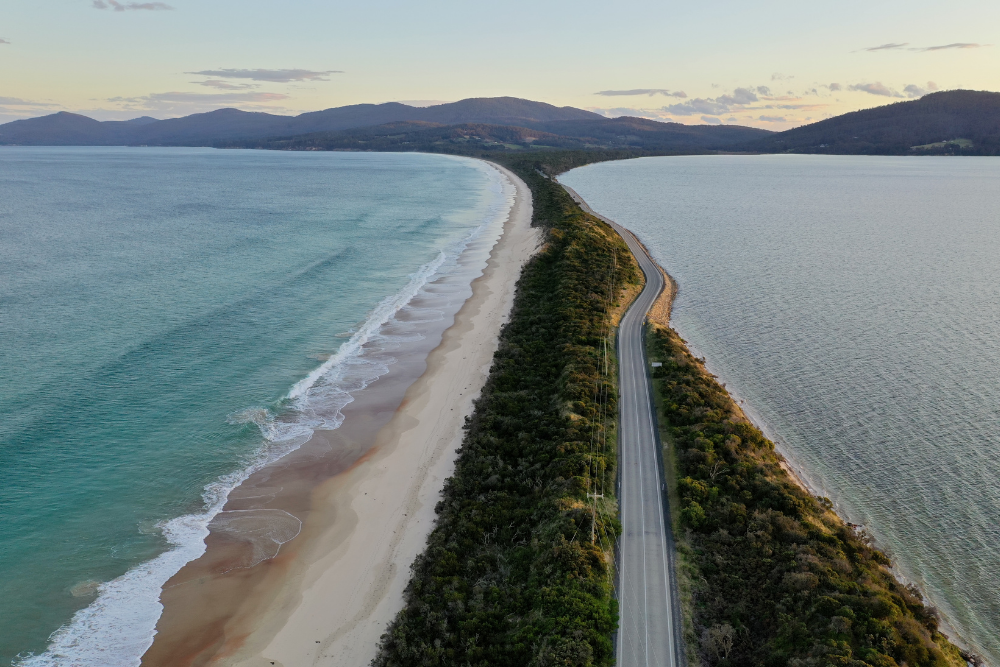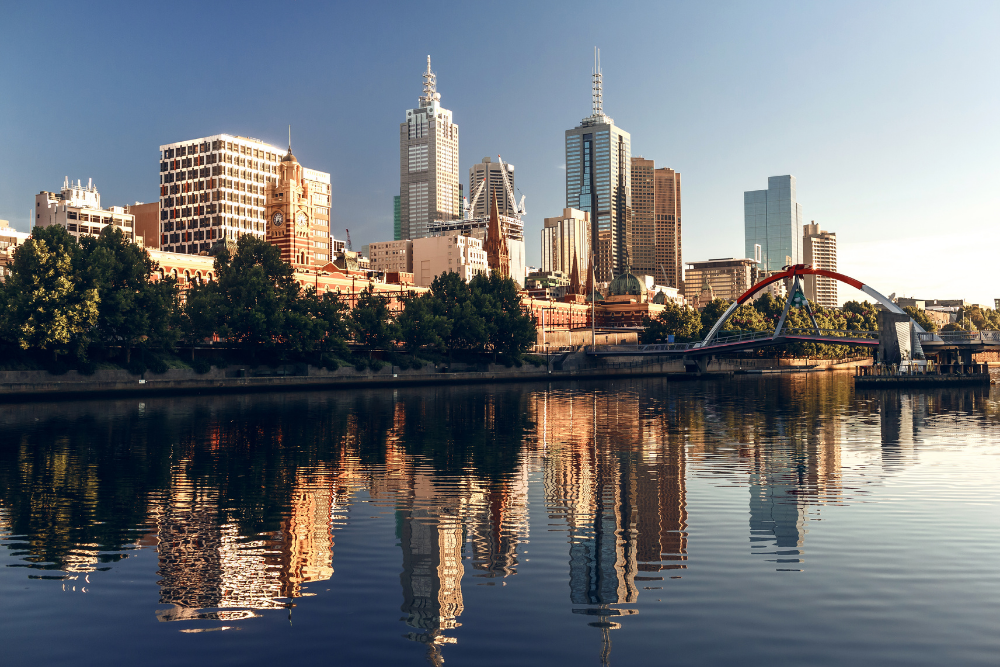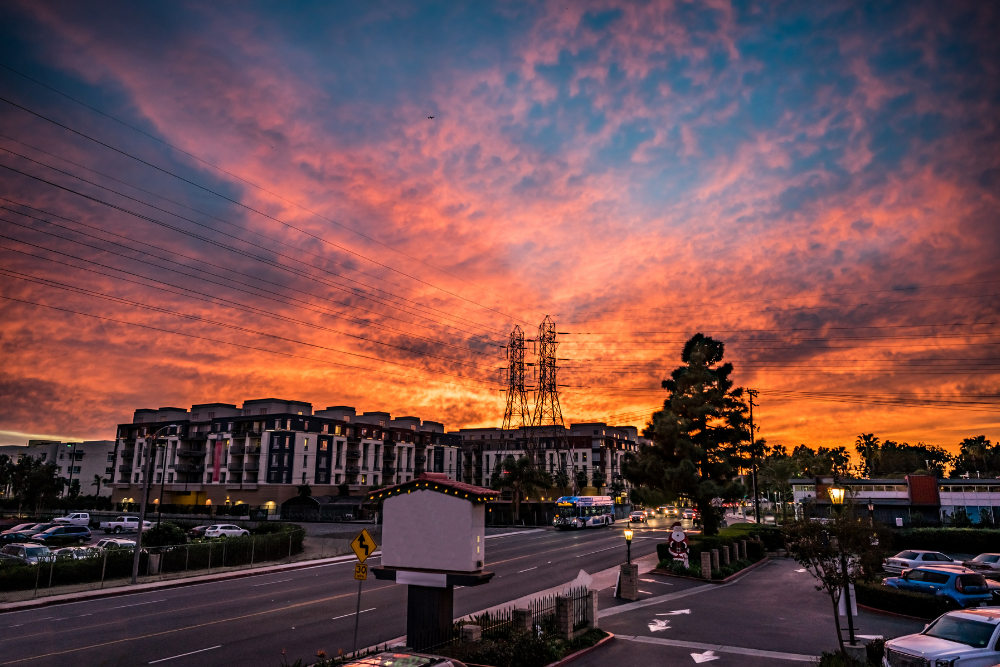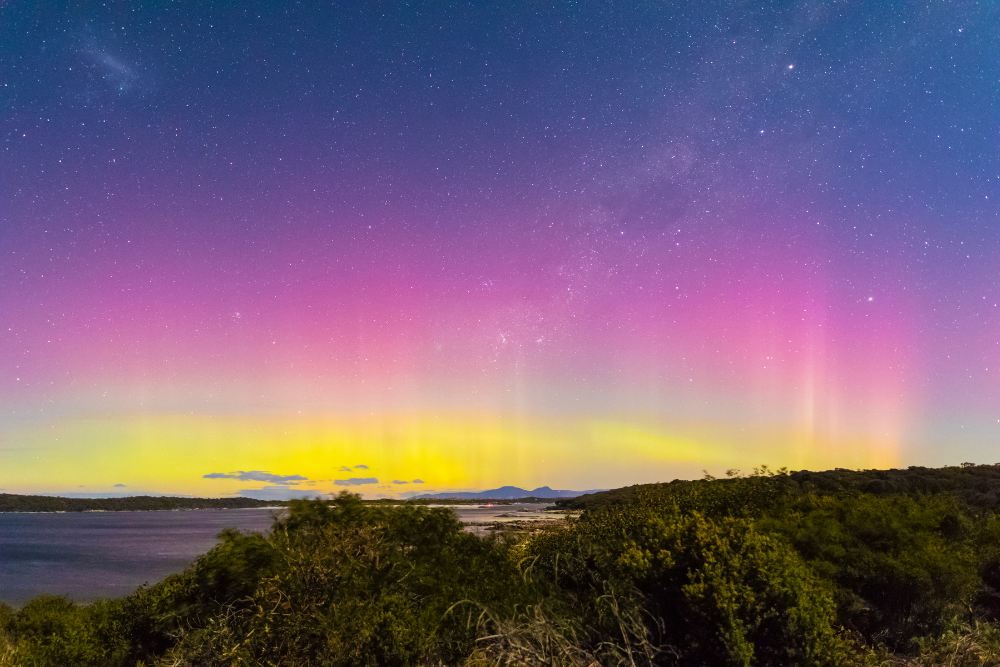The Southern Lights, also known as the Aurora Australis, are one of nature’s most captivating light displays, rivaling their northern counterpart, the Aurora Borealis. While the Northern Lights have long been the subject of fascination, the Southern Lights are just as mesmerizing, offering a stunning natural phenomenon that’s often less crowded and equally enchanting. Observing the Aurora Australis is a bucket-list experience for many travelers, especially in Australia, where certain regions provide some of the best opportunities to witness this breathtaking display of light.
But where can you best view the Southern Lights in Australia? Here’s a guide to the best places in the country to catch this rare and awe-inspiring phenomenon.
1. Tasmania: The Best Spot for Southern Lights Viewing
Tasmania is arguably the most well-known location for seeing the Aurora Australis in Australia. Positioned in the southernmost part of the country, it lies at the optimal latitude to witness the Southern Lights. The island’s relatively small size and low light pollution make it one of the premier destinations for aurora chasing.
- South Arm Peninsula: Located just a short drive from Hobart, the South Arm Peninsula is one of the best places to catch the Southern Lights. With its dark skies and panoramic views of the southern horizon, the area provides a fantastic setting for aurora viewing. It’s a popular spot among photographers who wish to capture the aurora in all its glory.
- Bruny Island: Accessible via ferry from the mainland, Bruny Island is known for its beautiful landscapes and minimal light pollution. Located south of Hobart, this island offers a clear view of the southern horizon, making it an excellent location for spotting the Southern Lights.
- Mt Wellington (kunanyi): This towering peak overlooking Hobart provides a dramatic vantage point for aurora watchers. Its higher elevation ensures an unobstructed view of the skies, especially on clear, dark nights. On a particularly strong aurora night, the Southern Lights can illuminate the landscape with vibrant colors.
- The Tasman Peninsula: Situated on the southeastern edge of Tasmania, the Tasman Peninsula is another excellent location for aurora viewing. The peninsula’s remote location offers clear, dark skies, and its coastal cliffs provide a stunning backdrop for an aurora display.
2. Victoria: The Southern Coastline’s Gateway to the Lights
Victoria may not be as frequently associated with the Southern Lights as Tasmania, but it offers some excellent locations to catch a glimpse of the aurora. The state’s southern coastline is particularly favored for viewing this natural wonder.
- Wilson’s Promontory National Park: Located about three hours southeast of Melbourne, Wilson’s Promontory is one of Victoria’s premier nature reserves. With its secluded beaches, rugged coastal cliffs, and low light pollution, it’s an ideal location to view the Aurora Australis. The promontory’s southern location makes it one of the best spots in mainland Australia for aurora sightings.
- Phillip Island: Known for its penguins and coastal beauty, Phillip Island is another great location for watching the Southern Lights. Its southern exposure and the fact that it’s surrounded by water provide unobstructed views of the sky. The island’s relatively low light pollution and rural setting make it a popular choice for aurora chasers.
- Point Lonsdale: Situated on the Bellarine Peninsula near Geelong, Point Lonsdale offers excellent visibility of the southern skies. This area is well-loved by photographers and aurora enthusiasts who are lucky enough to witness a vibrant aurora display.
3. The Southern Highlands of New South Wales
While New South Wales (NSW) may not have the same consistent aurora sightings as Tasmania or Victoria, the state’s Southern Highlands offer some opportunities for seeing the Southern Lights. The region is known for its clear, crisp nights and dark skies, making it an excellent choice for any aurora chasing adventure.
- Kiama: This coastal town on the south coast of NSW has become a popular spot for Southern Lights sightings, particularly during periods of solar activity. While not as reliably aurora-prone as Tasmania, on certain nights, Kiama’s seclusion from city lights and its southern coastline make it an excellent viewing location.
- Mollymook: Further down the coast from Kiama, Mollymook is another secluded spot with limited light pollution and good southern exposure. The tranquil beach setting makes it a pleasant place to watch the skies, particularly during the darker winter months when aurora activity is most likely.
4. The Australian Capital Territory (ACT): Slightly Off the Beaten Path
While the Australian Capital Territory (ACT) isn’t typically associated with the Southern Lights, there are a few places in and around Canberra where the aurora can sometimes be spotted—especially when solar activity is at its peak.
- Tidbinbilla Nature Reserve: Located just outside of Canberra, Tidbinbilla is a dark-sky area that can offer a chance to spot the Southern Lights during periods of high solar activity. Its remote location away from city lights makes it an excellent place to stargaze.
- Black Mountain: This high point in the ACT is known for offering stunning views of the night sky, including occasional aurora displays. Though not a regular sighting spot, if conditions are right, Black Mountain can offer a rare opportunity to witness the Southern Lights.
5. The Best Time to See the Southern Lights
Aurora Australis sightings are most common during the winter months, from May to August, when the nights are longest and the skies are darkest. However, the lights can occur year-round, with the best displays typically happening around the equinoxes in March and September, when solar activity is often more intense.
For optimal conditions, you want clear, cloudless skies, away from the interference of city lights. Checking aurora forecasts or apps dedicated to aurora hunting can help increase your chances of a sighting.
6. Tips for Viewing the Southern Lights
- Plan for the Night: The Southern Lights are often visible after sunset, typically peaking after 10:00 PM, and can last for several hours. It’s essential to check the aurora forecasts and plan to stay up late for the best chance of spotting them.
- Get Away from Light Pollution: Whether you’re on Tasmania’s southern coast or on a remote beach in Victoria, be sure to choose a location far from city lights. This will help you catch the aurora’s vibrant colors without interference from artificial lighting.
- Look South: As the Southern Lights occur in the southern hemisphere, it’s essential to face south when looking for them. Locations closer to the South Pole, such as Tasmania, offer the best vantage points for aurora sightings.
- Be Prepared for Cold Weather: While the Southern Lights can be seen in Australia, the best viewing locations are often cold, especially in winter. Be sure to dress warmly, bring hot drinks, and enjoy the experience in comfort.
Conclusion
Australia’s best Southern Lights viewing locations are spread across the southern states, but Tasmania undeniably reigns as the most consistent and accessible region for this breathtaking natural phenomenon. From Tasmania’s remote coastlines and mountain peaks to Victoria’s secluded beaches and cliffs, there are plenty of opportunities to catch a glimpse of the aurora.
Whether you’re an avid aurora hunter or just someone hoping to witness one of nature’s most stunning light displays, these locations offer the perfect setting for an unforgettable experience. So, pack your bags, head to the southernmost reaches of Australia, and prepare to be dazzled by the ethereal beauty of the Aurora Australis.












